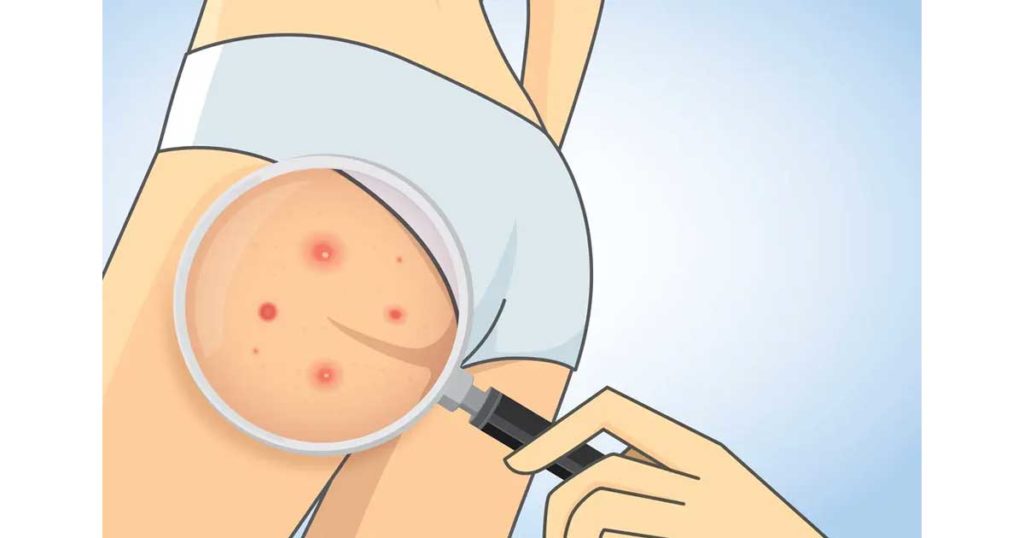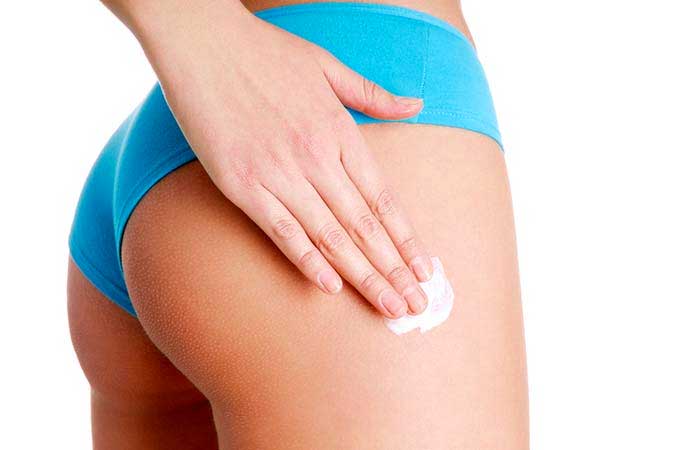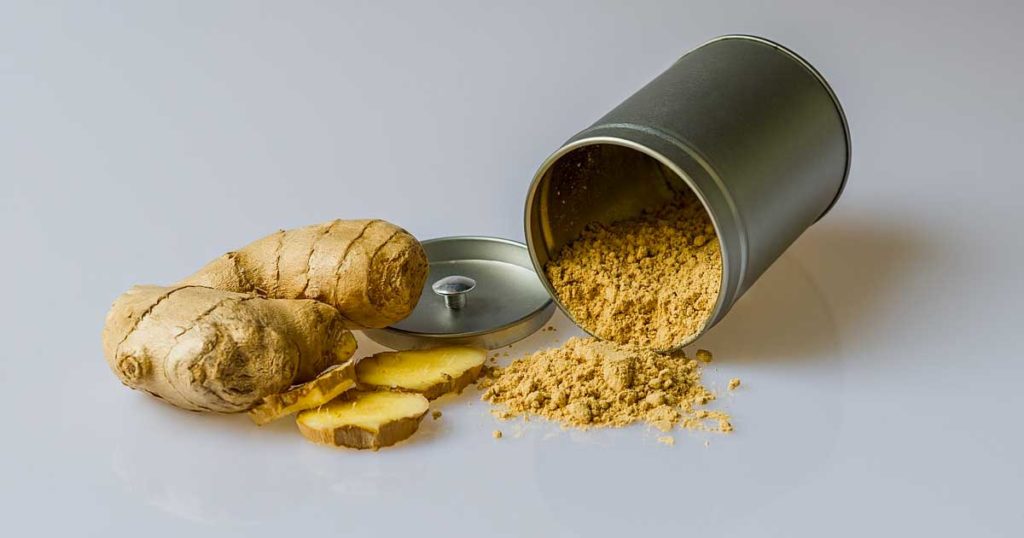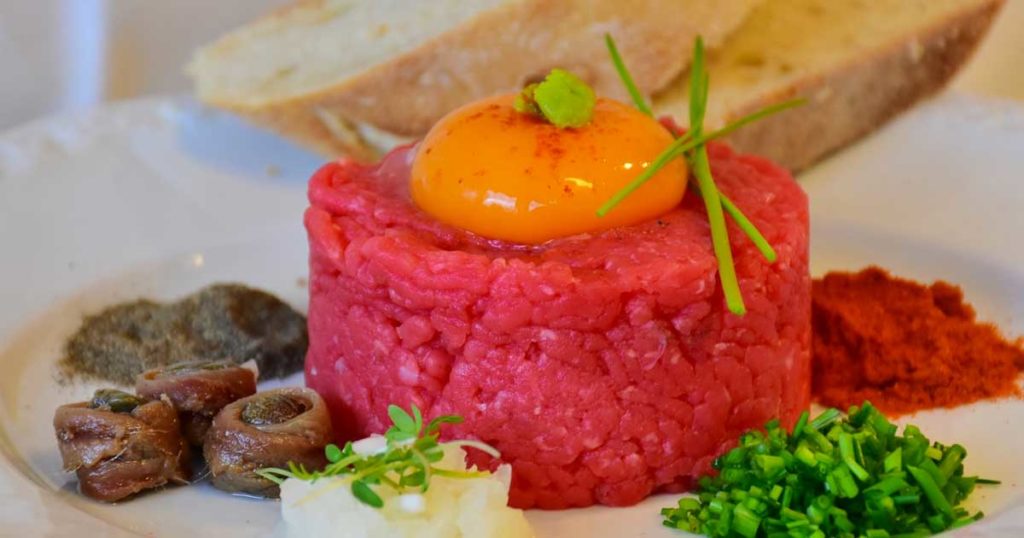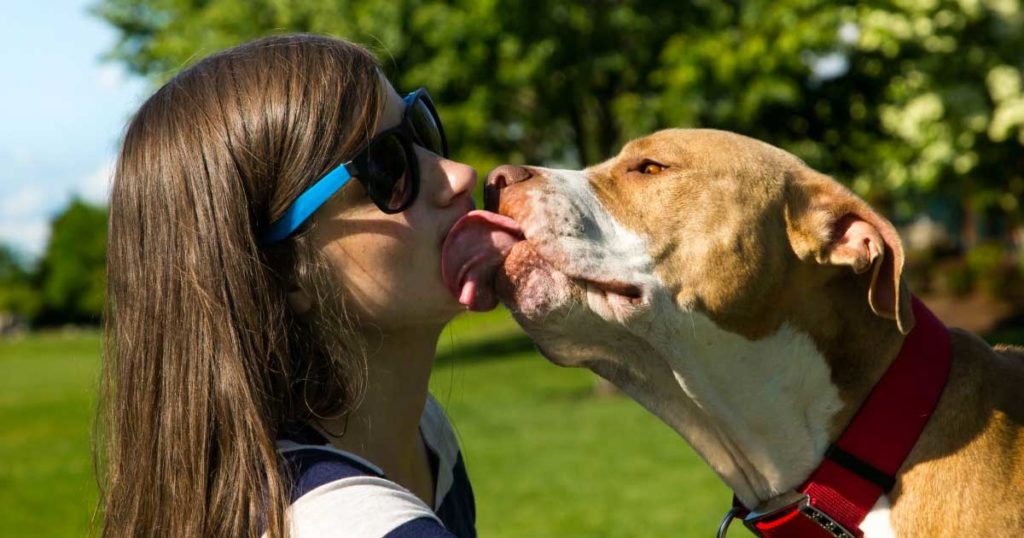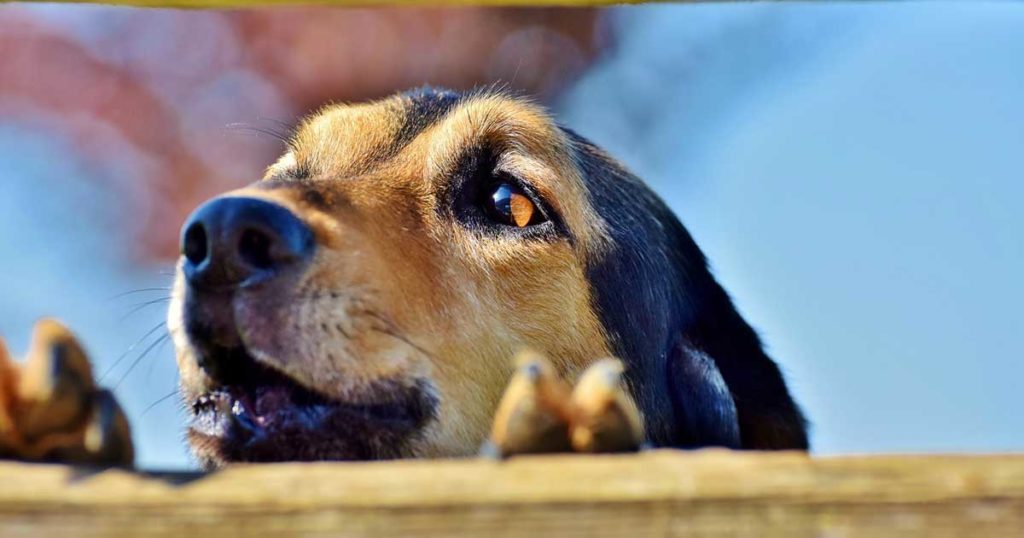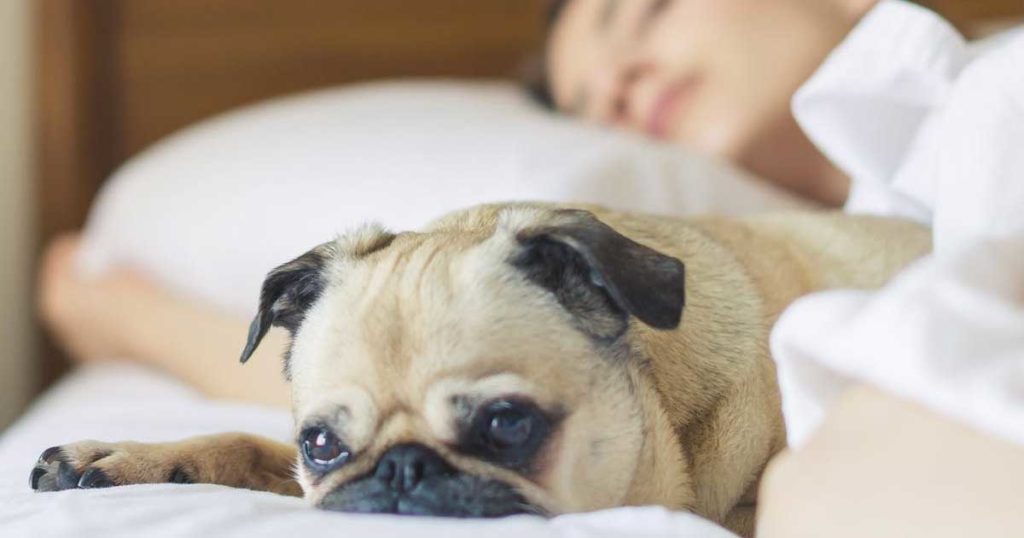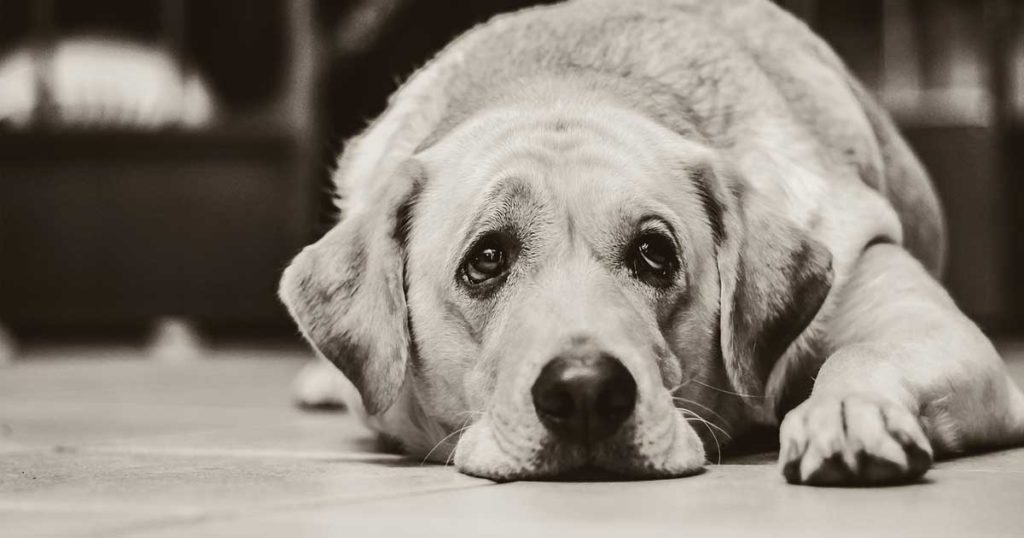Every now and then a pustule on the buttocks does not have to worry anyone. If the pimples keep coming back and become infected, however, this can be an indication of a very uncomfortable form of acne.
What do the buttocks, armpits, groin, or pubic area have in common? That’s right, these are very sensitive areas that usually only receive little air and light. The skin folds under the breasts are also among the areas at risk of pimples. If uncomfortable pimples form in these regions, then it feels particularly uncomfortable. With skinny jeans, tight corsages, or bras, these skin regions are particularly stressed by friction and pressure – the initial reddening can lead to itchy pressure points, which then become inflamed.
Too much or too little hygiene causes pimples
Careless hygiene routines and excessive cleanliness can provoke the development of pustules on the buttocks or elsewhere. Insufficient care encourages the development of microbes, especially fungi and bacteria. Outsiders can often smell this, because bacteria emit unpleasant odors, especially when combined with sweat.
However, too much of a good thing can also lead to yeast infections. Too frequent washing in combination with strongly perfumed soaps destroys the skin’s natural protective acid mantle and promotes the growth of skin fungi. The first signs are itchy redness. In this case, do not scratch if possible, but use pH-neutral soap products and treat with a moisturizing cream (with urea) or healing ointment (Bepanthen).
Acne Inversa could be to blame for the bum pimples
However, if the pimples keep recurring and spreading to other intimate areas, then the cause may be acne inverse. This is an uncomfortable, chronic skin inflammation which, in advanced stages, can lead to very painful lumps, abscesses, fistulas, and skin scarring.
It is estimated that one percent of the population in Western Europe – five times more women than men – suffer from this type of acne. The number of unreported cases is likely to be higher, however, because the disease is often not recognized or because many sufferers do not go to the doctor because of their shame.
Acne inversa often develops in intimate areas with lots of hair roots and sweat glands. This is why it is often incorrectly diagnosed as a sweat gland abscess. The triggers for this skin disease have not yet been fully researched. Clogged hair roots and a weakened immune system could cause chronic skin infections. A certain hereditary predisposition probably also plays a role.
Treat and avoid
If the acne inversa is at an early stage, antibiotics are used to prevent the pimples from spreading to other parts of the body. Thanks to an ultrasound examination or a tissue sample, the responsible bacteria can be identified. Fistulas or abscesses in advanced stages must be surgically removed. However, acne is not always completely defeated. The risk rate of falling ill again is around 30 percent. Therefore, doctors rely on a relatively new type of radiation therapy. They move the treacherous pimples onto the skin with light and radio frequencies. To date, the treatment method has not yet been covered by the health insurers.
In the long term, there is no effective healing method against genetically caused acne inverses. But there are a few things you can do in advance to reduce the risk of an outbreak:
- Avoid pressure and chafing and wear clothing that neither cuts nor rubs sensitive parts of the body.
- Wear cotton underwear and change daily.
- It is best to quit smoking because it has been shown to worsen skin inflammation.
- Obesity is also a risk factor, so a healthy body weight also helps prevent acne inverses.
- Avoid shaving because they create micro-injuries that can easily become infected.
